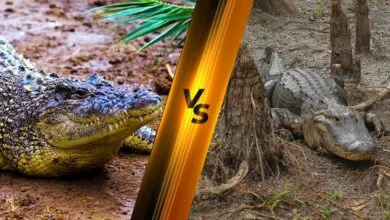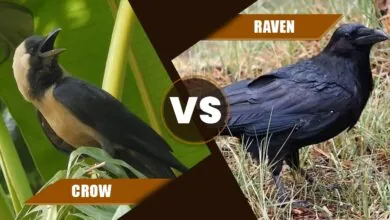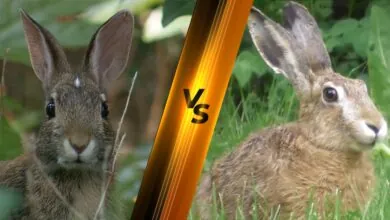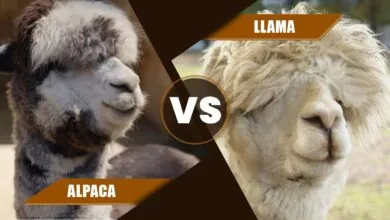Hawk vs. Falcon Showdown: Betting on the Skies with Avian Prowess!
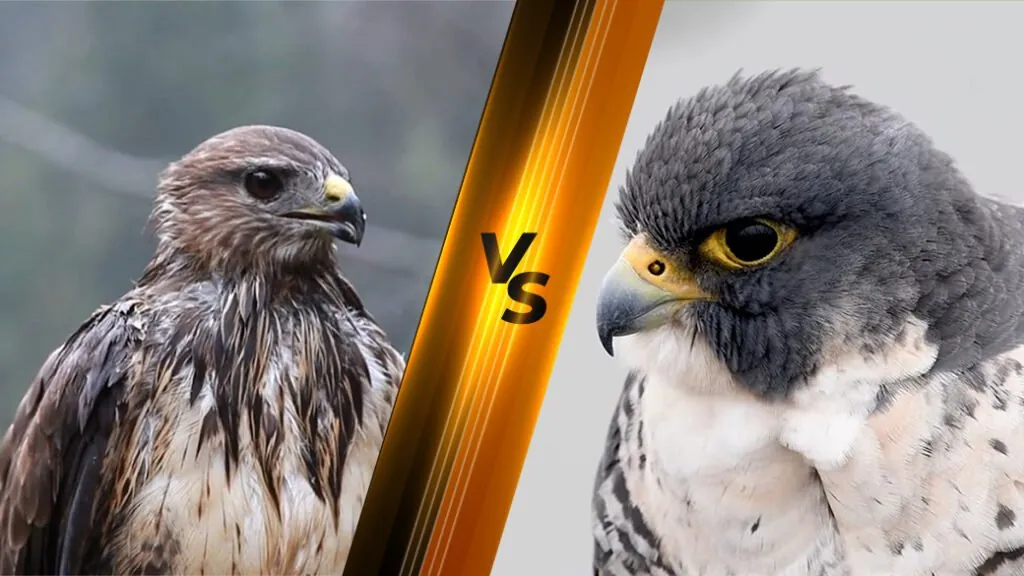
High above, set off by the stretched expanse of the sky, two magnificent birds lock eyes, each one exuding its own brand of grace and power. The overlapping attributes of both make us ponder over the notion of hawk vs. falcon. On one side, hawk having broad wings and fierce gaze is known for its unique hunting prowess. On the other, falcon, a sleek and swift bird, is the embodiment of precision and speed.
While these creatures might seem identical at a fleeting glance, dive deeper and you will unfold the difference between a hawk and falcon. Let’s embark on a journey unveiling the mystique of “hawk vs. falcon.”
| Attribute | Hawk | Falcon |
|---|---|---|
| Scientific Name | Buteo & Accipiter | Falco |
| Number of Species | 270 | 40 |
| Height | 9-24 inches | 9-20 inches |
| Length | 18-26 inches | 10-24 inches |
| Weight | 0.3 to 2.3 kg | 0.1 to 1.3 kg |
| Top Speed | 120-150 km/h | Up to 240 km/h (Peregrine Falcon) |
| Habitat | Forests, open country, marshes, meadows, coastal regions | Varies; from arctic tundras to desert regions |
| Prey / Diet | Small mammals, birds, reptiles, insects | Mostly birds; some species also eat insects, small mammals, reptiles |
| Lifespan | 10-20 years | 12-16 years |
| Distinctive Feature | Broad wings, varied tail patterns | Pointed wings, “tooth” on beak |
| Conservation Status | Varies; many of least concern, some endangered | Varies; e.g., Peregrine Falcon was once endangered but has since recovered |
Cultural and Historical Significance
With respect to the ancient civilizations, these birds held conspicuous roles. Falcon, particularly in Ancient Egypt, was scared, signifying Horus – the sky god. Its keen sight manifested clarity and foresight. Hawk, revered by numerous Native American tribes like the Pueblo and Navajo, was regarded as an embodying focus, messenger and vitality.
Over the course of medieval Europe, falconry, the art of hunting with birds, popped up as a sport of nobility. Both of the creatures were trained, but each one possesses distinct roles and prestige in this age-old tradition.
Physical Characteristics
Size and Weight
When it comes to the size of a hawk, it typically measures between 12 to 24 inches and weighs from 4 ounces to 3 pounds. Across species, the size of a falcon varies significantly. For instance:
The American kestrel – one of the smallest falcons, measures approximately 9 to 12 inches in length and has weight between 2.8 to 5.8 ounces.
The peregrine falcon, usually ranges from 14 to 19 inches in length and weighs between 18.7 to 56.4 ounces.
The gyrfalcon, the largest of the falcon species, measures up to 25 inches in length and weigh up to 74 ounces (4.6 pounds).
Coat
The coat of both birds put us at ease pinpointing the notion of hawk vs. falcon. Hawks have a spectrum of whites, browns and grays, most often than not portraying intricate patterns aiding in camouflage. Falcons, on the other hand, normally feature a dual-tone look – the darker hues on their backs and lighter colors underneath.
Distinctive Features
Hawks are equipped with brad, rounded wings, ideal for soaring and navigating through wooded areas. Falcons, contrarily, possess slim, pointed wings, effective for high-speed pursuits in open skies.
Habitat and Distribution
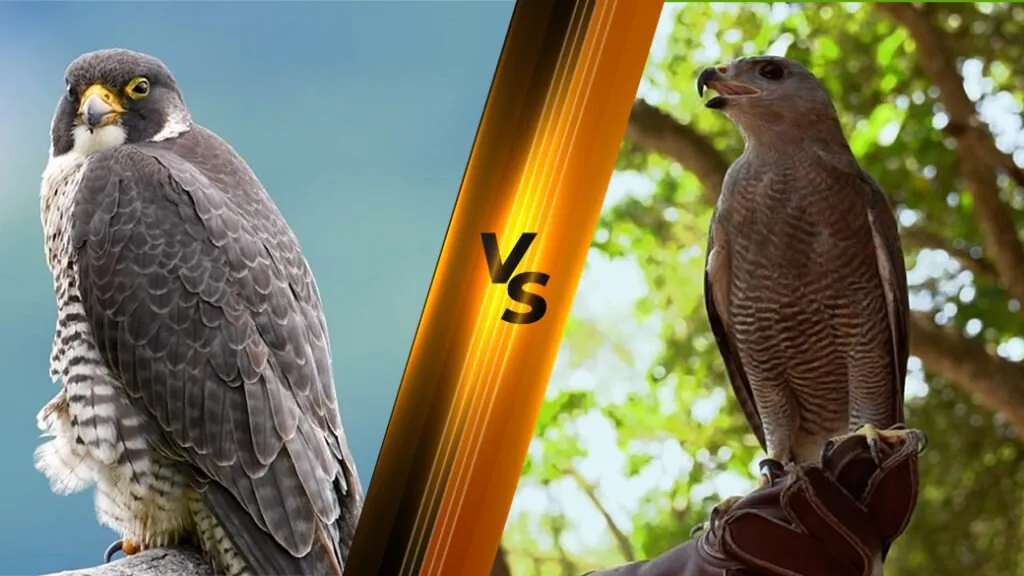
Natural Habitats
Natural habitats are among the most prominent aspects when it comes to sketching the difference between hawk and falcon. Hawks, adaptable and versatile, can be found in woodlands, grasslands and even cities. Falcons, in contrast, lean towards open terrains – coasts, deserts and tundras.
Range and Territories
We find intervention in the territories of these raptors. From North America to Asia, while their path might cross, their opted nesting and hunting fields often differ, lessening direct competition.’
Behavior and Lifestyle
Social Behavior
Spotlighting the world of “hawk vs. falcon” in terms of their social behavior, Hawks, particularly during the course of migration seasons, might be found in groups. Falcons, having solitary nature, are more territorial and frequently prefer solitude.
Hunting Techniques
Hawks, utilizing tree cover or high perches, employ the element of surprise to ambush prey. Falcons, on the flip side, rely on breathtaking aerial dives and unparalleled speed.
Speed and Strength
The peregrine falcon while diving can reach the speed of up to 240 mph, making it one of the fastest animals on the earth. Hawks, while not as fast, recompense with their strength and agility and are capable of tackling larger prey relative to their size. Hawk, with powerful eyesight, soars above looking for prey.
Another attribute, spotlighting the notion of hawk vs. falcon is their dietary preferences; their diet differ, that is, hawks have a broader menu, from insects to mammals, while falcons primarily feed on other birds.
Conservation Status
Current IUCN Status
As per IUCN, a plethora of hawk and falcon species fall under the “Least Concern” slot. Notwithstanding, some like the Saker Falcon or the Philippine Hawk are “Endangered.”
Threats Faced
Both majestic creatures of nature have become a victim of habitat loss, pesticide poisoning and, regrettably, poaching. Globally, organizations and enthusiasts work tirelessly, setting up preserves, awareness campaigns and reintroduction programs to shelter these aerial wonders.
In Popular Culture
Movies
Movies like “Ladyhawke” make hawk as a central character, signifying freedom and transformation. On the part of falcons, “Star Wars” universe is the most iconic representation with the Millennium Falcon. They’ve also been featured in numerous documentaries, including “The Falcon’s Saga,” spotlighting their amazing hunting techniques.
Literature
A renowned poem, “Hawk Roosting” penned by Ted Hughes delves into the mind of a hawk, embodying power and arrogance. Falcon plays an integral part in Dashiell Hammett’s detective novel named “The Maltese Falcon,” symbolizing greed and desire.
Symbols and Emblems
Owing to their keen vision, hawks are time and again are used in logos and emblems in conjunction with surveillance, security or vision-based tech companies. Sports teams, such as the Atlanta Hawks in the NBA, use this creature as an icon of dominance and aggression on the court.
Falcon, particularly the peregrine, is a national symbol of the UAE, signifying Bedouin culture and urge for falconry. In the realm of sports, the Atlanta Falcons of the NFL use the falcon as an icon of precision and speed.
